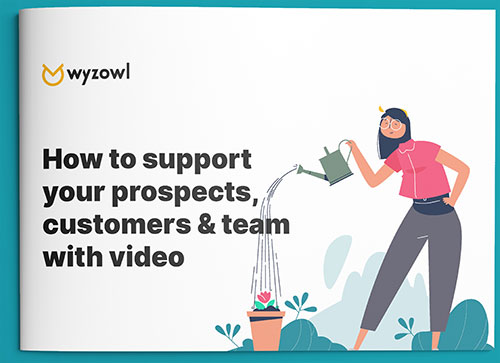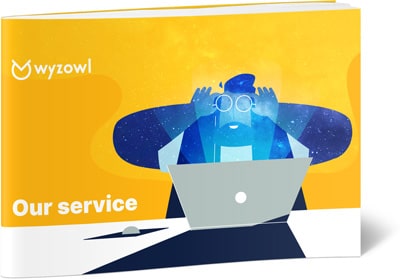Last updated on 1st November 2022
On Thursday, 22nd September 1994, a brand new TV show aired for the first time on NBC.
The pilot episode had the unenviable task of introducing no fewer than six central characters – and setting the scene for the world they lived in – in around 22 minutes.
Not surprisingly, there was some concern; some felt there were too many main characters for the audience to care about. Some worried that the character roles were undeveloped. Others felt the plot wouldn’t go over well. Too cluttered, too confused. Too much going on.
The show’s creators knew they had a great idea, but they also knew they had just one shot to nail the pilot – to engage the audience and share that vision. Like the saying goes – you only get one chance to make a first impression.
Luckily, this TV show – the sitcom Friends’ – first impression was a great one.
And the rest is history!
Friends went on to become a cultural phenomenon – one of the most popular shows of all time, running for 10 seasons, and 236 episodes. It scooped numerous awards, made lots of people millionaires – and rumours of a comeback have set the internet on fire at least once a year ever since the show’s finale in May 2004.

But onto the point at hand – brands face a really similar challenge when it comes to their onboarding process. We all believe intuitively in our products and services, but – if we make a lousy first impression – all that value is undermined. The whole thing collapses like a deck of cards, with high user churn, refunds, returns, crummy reviews, and a bunch of other terrible consequences.
So, in the spirit of Friends – and its pilot episode The One Where Monica Gets a New Roommate – let’s take a look at three brands who’ve had amazing results with using video as a tool for customer onboarding.

1. The one that slashed their refund rate
After making a sale, probably THE worst outcome is that the customer regrets it to the extent that they request a refund, right?
Well, shockingly, over half of customers say they’ve returned a product they bought in the past because they didn’t fully understand how to use it.
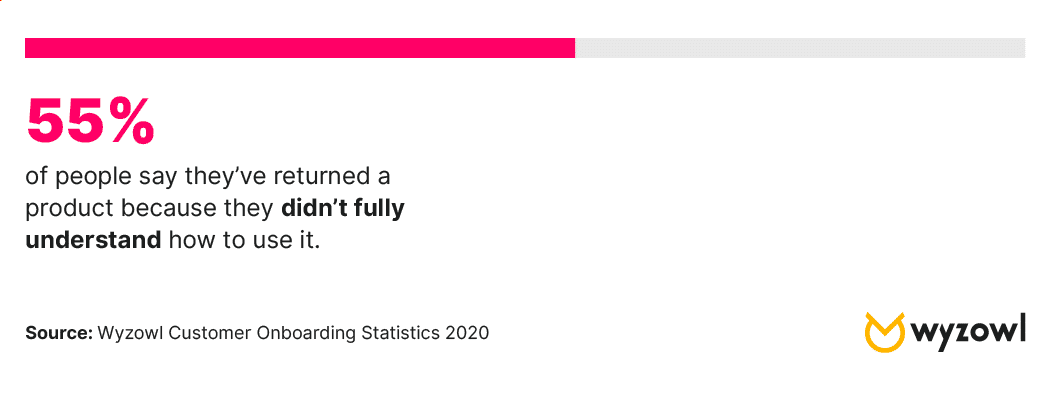
It’d be fair to assume that a sizeable chunk of these refunds could have been avoided by providing more content to make it clearer how the product should be used.
Video is a great way to do this – 65% of customers say video is their favourite way to learn how to use a new product or service…
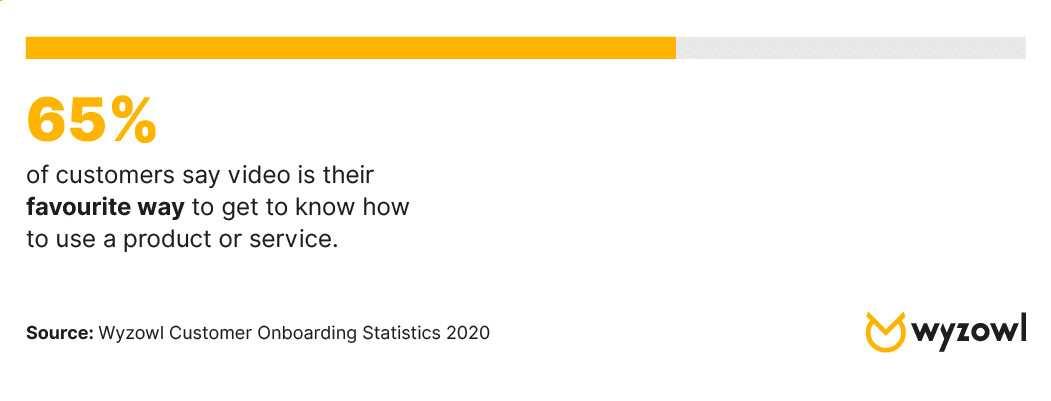
…and 69% say they feel companies could improve their onboarding by using more video.
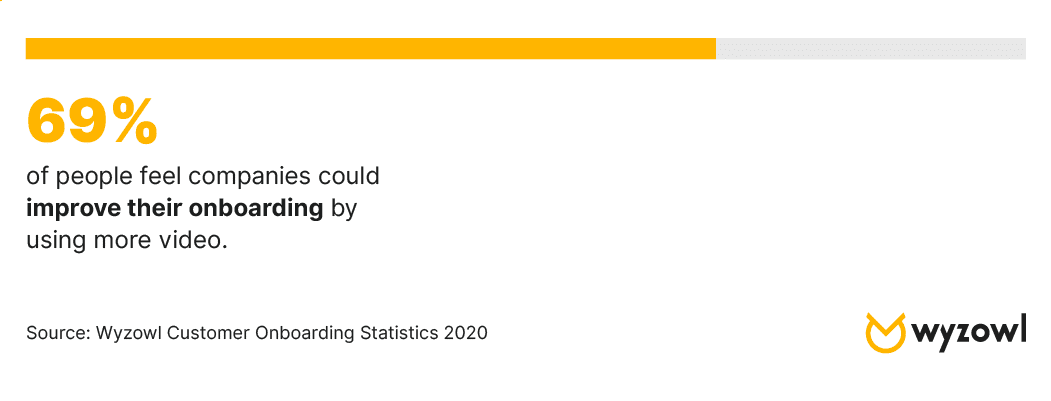
One company that invested in video was Authority Hacker – a leading online marketing education company. Through their video training courses, blog and weekly podcast, they educate beginner and expert marketers alike. Many of their 6,000+ students have taken their existing businesses to the forefront of their industries, or had multi-million dollar exits.
“We noticed that a high volume of our customers who were requesting a refund during our 30-day money-back guarantee period weren’t actively engaged in the course,” explains Authority Hacker co-founder Mark Webster.
“There was a worrying trend that the majority of them had only ever logged in one or two times and then never again.”
“We have a lot of faith in our product and know it’s exceptional quality, but that doesn’t mean anything if people aren’t actually accessing it!”
“That’s where we decided we wanted to do more to engage and onboard our customers.”
They decided to use video.
“We wanted to do something truly personalized.”
“While we could easily have sent out an individualized email to everyone who signed up, there’s a good chance the fact that these were personalized could’ve been overlooked and ignored.”
“We were looking for a method that made a big impact and really hammered home that we are ready to help and excited to have them with us.”
“The benefits were immediate. We are using a tool called Bonjoro to onboard our members which has an interface for members to reply, share and like your videos. The written feedback has been gushing from the get go. People are genuinely impressed that we took the time to record a video and really appreciate the human touch that you just don’t get in emails.”
“Our refund rate plummeted almost immediately. We previously sat at around 15%-18% and saw this drop to <10% from the moment we started onboarding customers like this.”
“While these videos are time consuming, these results speak for themselves and reaffirm that this is absolutely a worthwhile investment of our time and money!”

2. The one that halved their churn (and boosted sales closing rate)
One often-neglected upside of investing in great onboarding content is, counterintuitively, the role it can play in the pre-purchase process.
We’ve found that a sizeable chunk of people – 63% – consider onboarding content as a factor in whether they make the decision to buy in the first place.
This stands to reason – people want to buy products they’re confident they’ll be able to use, from companies that care about the user experience, after all, right?
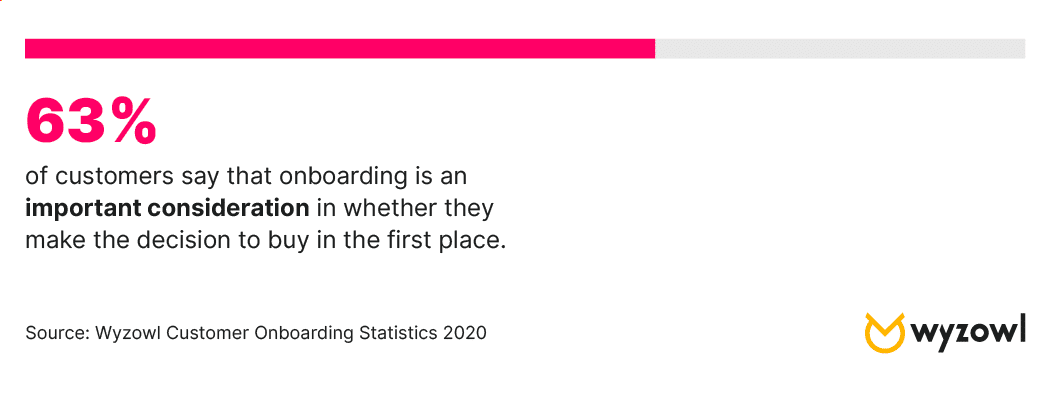
Another upside is onboarding’s ability to reduce churn. This works on two levels. One, people who have seen lots of content and are better educated about products before they buy invariably have more realistic expectations, which can be delivered upon. This reduces refunds/returns and boosts retention.
The other is that people who are onboarded properly with great video content helps them get up to speed and set up for success as quickly as possible.
Take Philadelphia-based web design and SEO agency Caveni, for example.
“Video plays an incredibly essential part of our outbound sales process and in our acquisition of new clients,” explains Caveni Co-Founder & Operations Director, Alexander M. Kehoe
“Coming from a field that is relatively technical, many of our customers don’t begin with the best understanding of what exactly we do.”
“We use video as a way to show them the metrics, numbers, and methods for how we achieve their marketing goals.”
“In terms of our sales, video has been incredibly helpful.”
“Outbound sales using video have an 18% increase in likelihood of closing and clients which are given detailed video audits with explanations tend to churn at only half the rate.”
“The digital age has made video an incredible tool for business and we would encourage everyone to use video in their sales and onboarding processes.”

3. The one that increased customer satisfaction rates by over 16%
Onboarding is a clear driver of customer satisfaction. After all, the better your customers understand how to use your product or service, the more likely they are to enjoy its full feature-set and functionality. This gives them the best understanding of the full value of a product, and optimises their chances of success.
Again, onboarding is a potent weapon here: 86% of people say they’d be more likely to stay loyal to a business that invests in onboarding content that welcomes and educates them after they’ve bought.
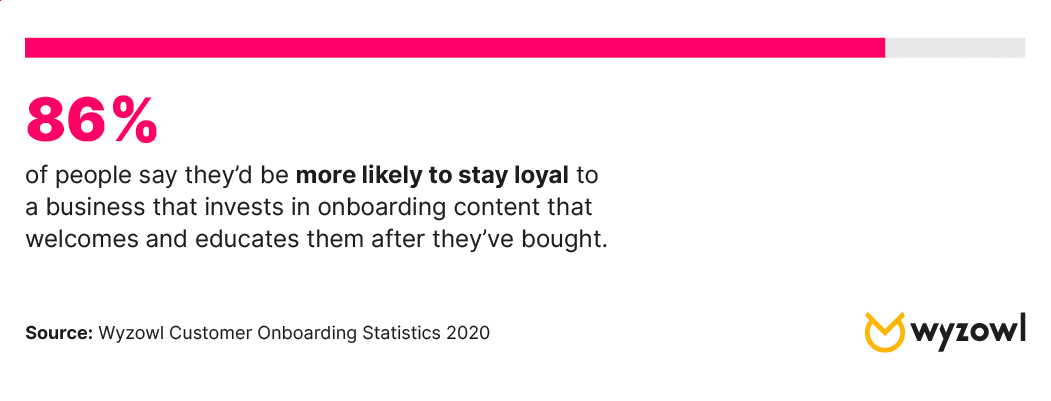
Video, again, is a great help in this area.
An almost unanimous 97% of people believe video is an effective tool to welcome and educate new customers.

We regularly speak to companies who are struggling to onboard and educate their customers, only to subsequently find that video is the secret weapon they’ve been looking for.
One such example is Alex Williams, a website builder and owner of Hosting Data UK.
“Video demonstrations are the bread and butter of our onboarding and customer education success,” he explains.
“Prior to implementing our video demonstration process we used to have a team dedicated to onboarding new clients over the phone or in person, depending on the size of the project.”
“We found that not only was this expensive to us as a business, but it was always difficult to find time with new customers to sit down and educate them on how to run and manage their website effectively.”
“We decided to transition to a video demonstration approach nearly 12 months ago and have seen some impressive results.”
“Our client satisfaction rating has grown from 7.9/10 for year one to 9.2/10 for year two.”
“Through the tool of video we are able to demonstrate a huge array of “How to…” guides and troubleshooting exercises that our clients can view over and over until they understand and/or resolve any issues they are facing. They allow us to be personable and professional and can be edited at any stage to include additional material should it arise.”

Thanks for reading!
So, there you have it. 3 examples of real companies who have achieved phenomenal results by investing in customer onboarding – and, specifically, video.
Whether you’re looking to reduce churn, increase loyalty, improve customer satisfaction or even boost sales – there’s plenty of evidence that video is the way to do it.
So, ending how we started – if your churn’s a joke, you’re broke, and your onboarding is D.O.A. – remember that video is there for you!
For more information, head over to our customer onboarding video production page.






